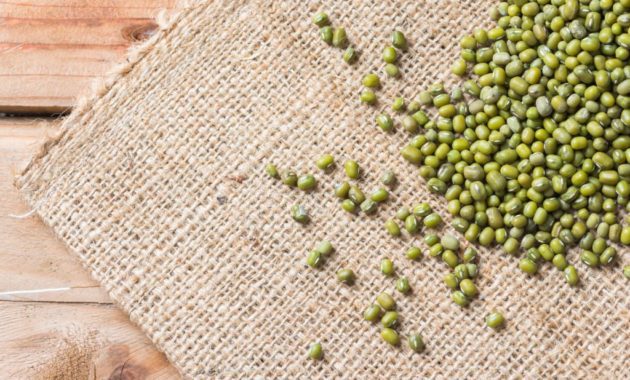Seed Stitch
Seed Stitch, a fundamental knitting technique, boasts a rich texture that appeals to both novices and seasoned knitters. At its core, it’s a simple stitch with a complex appearance, creating a beautifully textured fabric that many knitters crave. This method, unlike the garter or stockinette stitch, offers a unique aesthetic that stands out in any knitting project. Hence, mastering Seed Stitch not only elevates your knitting game but also opens a world of design opportunities.
The Basics of Seed Stitch
When it comes to knitting, having the right tools is paramount. For Seed Stitch, ensuring you have the appropriate knitting needles is the first step. Depending on the yarn type, you might opt for wooden, metal, or bamboo needles. Once equipped, it’s time to distinguish between the Seed Stitch and its close relatives like the moss stitch. While they may appear similar at a glance, a closer look reveals their distinct patterns. Understanding these differences empowers knitters to choose the correct stitch for their desired outcome, ensuring their work stands out in the sea of knitting patterns.
Starting with Seed Stitch: Step-by-Step Guide
Before delving into the knitting sequence, you’ll need to know how to cast on for a Seed Stitch pattern. Generally, for a symmetrical design, you’d want to start with an even number of stitches. Once casted on, the beauty of Seed Stitch lies in the simple alternating pattern of knit and purl stitches. In essence, you knit where you see a purl and purl where you see a knit. This approach creates the delightful textured fabric unique to Seed Stitch.
Common Mistakes in Seed Stitch & How to Avoid Them?
As with any technique, pitfalls exist in the Seed Stitch realm. One common misstep is encountering twisted stitches, which disrupt the even texture of your fabric. It’s crucial to recognize these early and rectify them for a clean look. Additionally, maintaining consistent tension is vital. An uneven tension can lead to disparities in the design, compromising the overall look. It’s beneficial to practice the rhythm of Seed Stitch to ensure evenness across the fabric.
Advanced Seed Stitch Techniques
As knitters grow confident with the basics, the world of advanced Seed Stitch beckons. You can incorporate Seed Stitch into more intricate designs, blending with techniques such as ribbing to produce innovative patterns. Beyond the traditional Seed Stitch, various adaptations can be explored. From double seed to treble seed stitch, there’s a treasure trove of textured designs awaiting discovery.
Tips and Tricks for a Perfect Seed Stitch
Choosing the right yarn can elevate your Seed Stitch masterpiece. While most yarn types are suitable, medium-weight yarns often bring out the best in Seed Stitch due to their defined texture. As you progress, focusing on evenness and symmetry is paramount. It’s not just about alternating the stitches, but ensuring each stitch is consistent in tension and spacing.
Incorporating Seed Stitch in Projects
The versatility of Seed Stitch is truly remarkable. From cozy scarves to snug sweaters and stylish hats, this stitch finds its place in a plethora of projects. Moreover, it blends seamlessly with other knitting techniques, allowing knitters to create hybrid designs that captivate and inspire. Whether you’re aiming for a vintage look or a modern design, Seed Stitch serves as a trusted ally in your knitting journey.
The Beauty and Versatility of Seed Stitch
The journey through Seed Stitch is both enlightening and rewarding. This age-old technique, though simple in its approach, offers boundless opportunities for creativity and innovation. As you continue your knitting endeavors, let the Seed Stitch be a testament to the art’s depth and richness. Embrace its beauty, explore its variations, and let every stitch be a step toward knitting perfection.

Passionate about all things craft-related, I am a dedicated and creative craft blogger with a knack for turning ordinary materials into extraordinary masterpieces.

